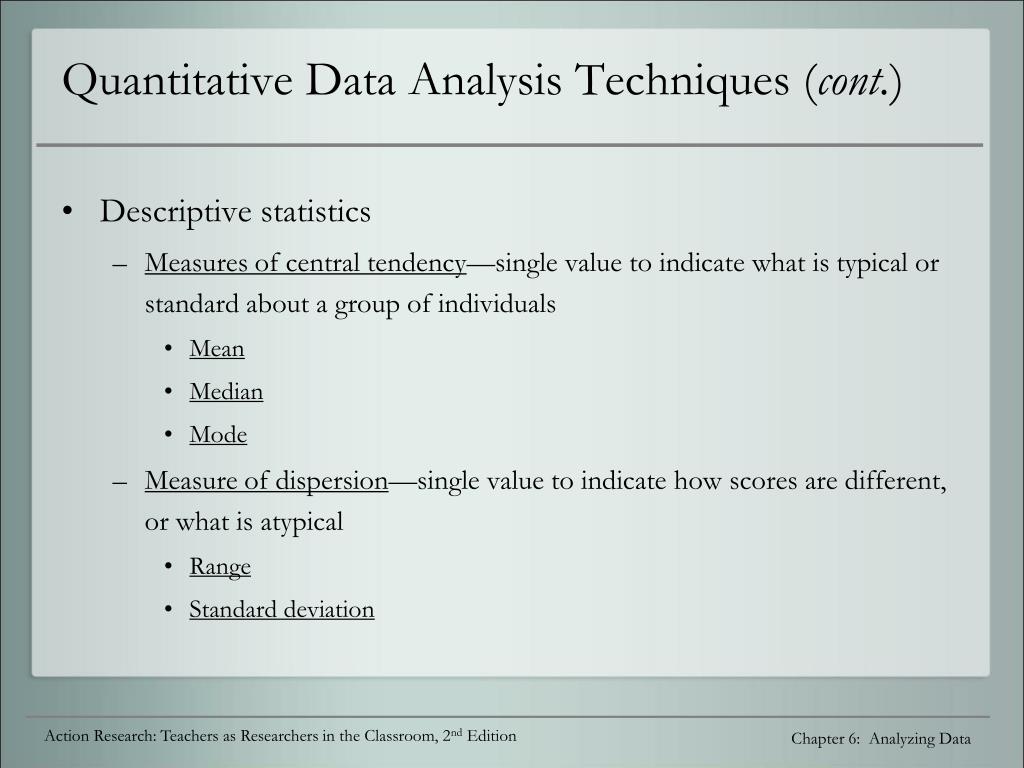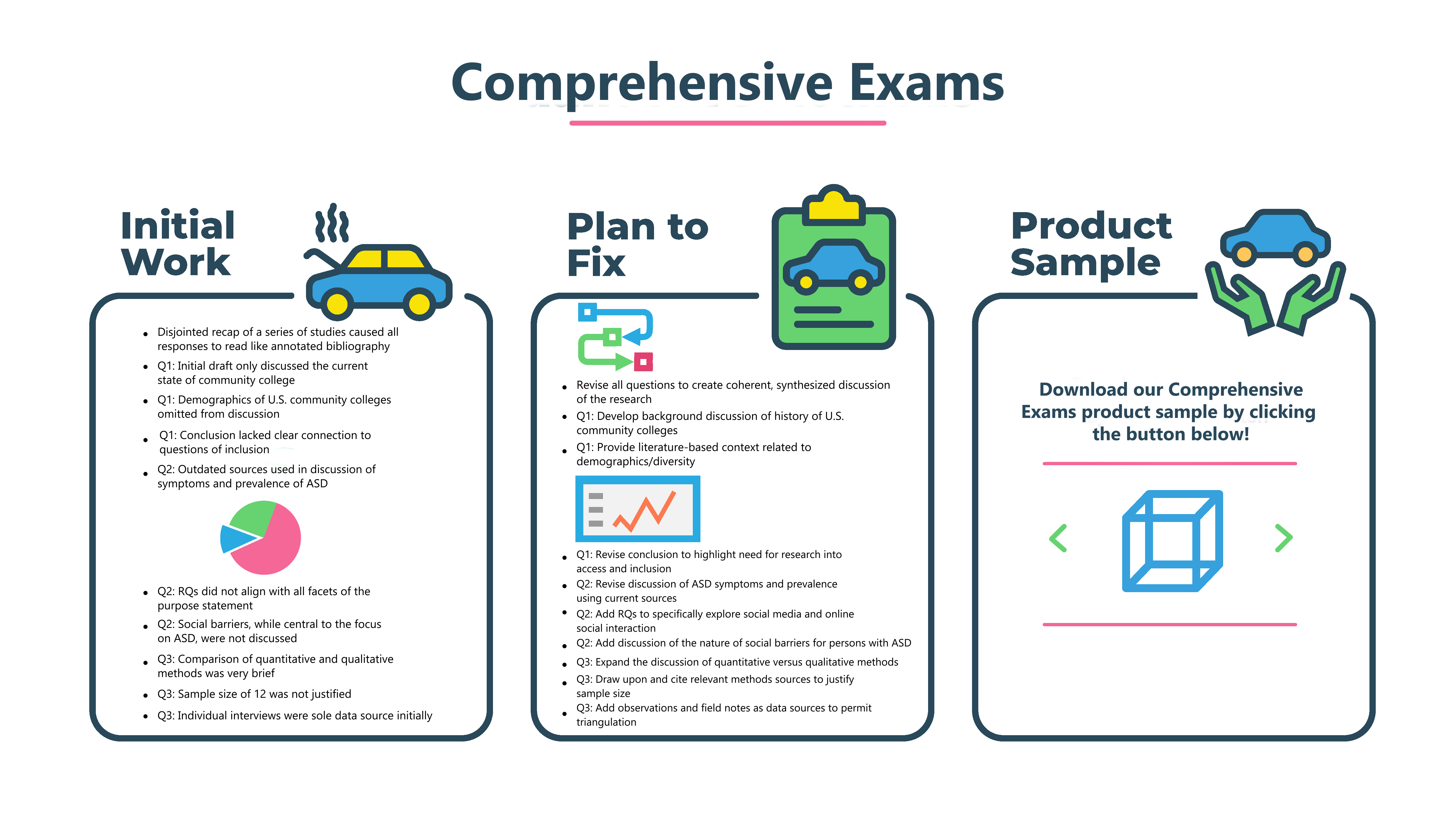

Interviews: These are typically unstructured, so the research team can learn in-depth information about the subject's point of view on the research topic. They appoint a moderator to guide the group through the process to enhance the quality of the data. Here are some methods for collecting qualitative data:įocus groups: The research team selects a group of people to ask questions about the research topic. The researcher is often an active participant in qualitative data collection and they use multiple methods to gain the most comprehensive results. Researchers who use qualitative analysis typically use a variety of resources to gather their information, including transcripts, audio and video recordings, personal notes or other documents. Qualitative and quantitative analyses have different data collection techniques.
QUANTITATIVE TOOLS FOR DATA ANALYSIS ECMO HOW TO
Related: How To Write Research Questions (Plus Examples) Qualitative vs. To what extent does the working population of the city match similar data results from 10 years ago? What percentage of people working at home also have familial responsibilities? How many people began entry-level positions the year after they graduated college? Here are some examples of quantitative research questions: For instance, they may start with phrases like "how many" or "to what extent" to imply a number amount. What do college students think of their career prospects after graduation?Ī quantitative research question typically reflects one hypothesis that's narrow in scope to ensure that numerical data can reflect it.


How do mid-level professionals who've previously interned at large corporations view the job market now? What is the experience of young adults who move from a town to a city for work? Here are some examples of qualitative research questions: Usually, the research question is deliberately broad so people can provide varied answers based on their subjective experiences. Qualitative analysis typically answers a question about an individual's feelings towards a situation or object. Here are some examples of differences between them: Qualitative research questions Qualitative and quantitative research questions have different contexts, intentions and scopes. Read more: What Is Quantitative Analysis? Qualitative vs. For this reason, people use numerical data for quantitative analyses, which can either support or refute the research question or hypothesis. Researchers use this method when they want tangible, substantial data about a particular topic. Quantitative analysis uses statistical or mathemtatical information to assess a situation and better understand the actions of a group. Related: Types of Qualitative Research: Definition and Examples What is quantitative analysis? For this reason, qualitative analysis usually involves written descriptions rather than numerical information. Researchers typically use this method to discover why a group of people have a particular opinion or experience life in a certain way, by studying their motivations, emotions and behaviors. Qualitative analysis helps data analysts interpret the thoughts and subjective experiences of a group for a particular situation. In this article, we define qualitative and quantitative research, describe the key differences between them and list some important benefits of using each method. It's important to learn the differences between them so you can decide which approach best fits your type of work. People in many fields use both methods, including marketers and academic scholars. Qualitative and quantitative research are two methods of data analysis that can help you structure your results.


 0 kommentar(er)
0 kommentar(er)
